Nicola Sturgeon heralded a “milestone” in the debate over Scotland’s future as she unveiled a new economic blueprint for independence.
The SNP leader contrasted the “optimistic” vision she claimed to be setting out to the economic chaos that has engulfed the Westminster government in recent weeks.
With concerns about the economy proving a decisive factor in the defeat for the Yes campaign at the 2014 referendum, the new paper aims to tackle some of the most pressing issues in the battle over the nation’s constitutional future.
We have taken a look at what the 110-page report says on some of those key questions.
1. When would we start using a new Scottish pound?
The question of the currency to be used in an independent Scotland became crucial in the run-up to the 2014 referendum.
The SNP’s previous proposal was for a “currency union” with the rest of the UK, but that was rejected by the Westminster government and pro-Union parties.
Nicola Sturgeon’s current proposal is to continue using sterling until a new Scottish pound can be established.
The report outlines three broad requirements that would need to be met before Scotland could launch its own currency.
These are the establishment of key fiscal, financial and monetary institutions, as well as achieving “market confidence and credibility” in the nation’s macroeconomic framework, and a widespread belief that the switch would be in the economic interests of Scotland.
It also sets out three criteria – that the newly-created Scottish Central Bank has established its credibility, that foreign exchange reserves and sterling reserves are sufficient, and that Scotland is fiscally sustainable.
Ms Sturgeon was pressed for a minimum estimate on how long it might take to pass these tests.
‘As soon as is practicable’
She said: “We want to move to a Scottish currency as soon as is practicable.
“But by definition if you’re saying that is to be guided by objective requirements and criteria, and then you try to put a number of months and years on that, then you undermine that approach.
“So we will follow the process set out in this paper, which makes sense for the country.”
Ronald MacDonald is a professor of macroeconomics and international finance at Glasgow University, and a regular critic of the SNP’s currency plans.
He said: “They argue that we can drift along and then at some point we have to redominate into a new currency which would be at a devalued rate.
“But this begs the question: would financial markets find that an acceptable policy?”
Mr MacDonald added: “Interest rates will be extremely high and obviously an independent Scotland would not be able to pay these interest rates unless it was to adopt massive austerity policies.
“So what this means effectively is that the crisis will be brought forward to the day of independence if if not before.”
2. When would Scotland re-join the EU?
The timing of the creation of a Scottish pound could also impact on plans to re-enter the European Union.
SNP policy has long stated that an independent Scotland should seek membership of the trading block.
Ms Sturgeon was asked about the criteria new members of the EU must be able to adopt, which Scotland may not be able to do while using sterling.
The SNP leader said: “There is nothing that would stop an independent Scotland or any country from joining, or re-join in our case, the EU, before we have our own currency.
“Clearly the negotiation around joining, and the process of establishing our own currency, would be processes that we would want to align.
“But the idea that we would have to have our own currency before we start that process, is not the case.”
Asked by Tom Gordon, of The Herald, if the process would take five, 10 or 15 years, Ms Sturgeon said: “I hope it would be shorter than all of that”.
Scottish Conservative finance spokeswoman Liz Smith said: “It’s hard to see what the point of this paper launch was, given that it fails to address the fundamental questions that have always undermined the economic case for independence.”
3. Would there be checks at Scotland’s border?
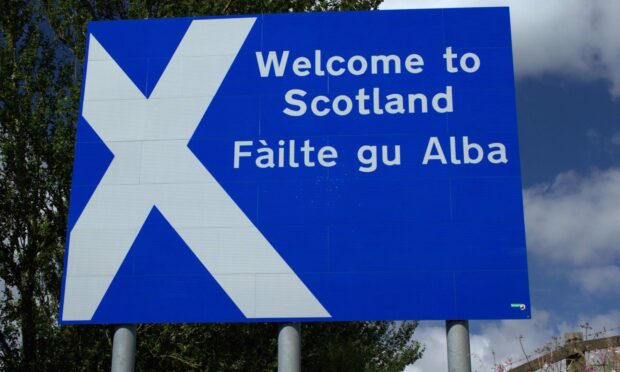
Opponents of Scottish independence have long highlighted the impact on trade if a hard border had to be created between an independent Scotland and the rest of the UK.
The new paper states that under an arrangement called the Common Travel Area (CTA), Scots would, like Ireland, retain freedom of movement within the rest of the UK and Ireland if it rejoins the EU.
It would mean retaining the right to live and work in other parts of the islands, without new passport or immigration checks.
On traded goods, however, the paper suggests actual physical checks would “likely only be undertaken on the two main trunk routes (thought to mean the M6 and A1) between England and Scotland or at rail freight terminals”.
Ms Sturgeon said the benefits of being back in the EU would “outweigh the challenges”.
Scottish Liberal Democrat leader Alex Cole-Hamilton said: “On borders and barriers, she makes the same pie in the sky promises as the Brexiteers, threatening to cut Scotland off from its biggest trading partner.
“She refused to admit her proposals would leave Scotland outside both the UK and the EU for an untold number of years.”
4. What new institutions would be created?
The report sets out plans to expand existing institutions, including the Scottish Fiscal Commission and Revenue Scotland, while setting up new ones, such as a Scottish Central Bank and a Debt Management Office.
The new central bank would operate independently from government and would initially be focussed on “ensuring financial stability”.
Banking bail-out
A common question in the lead up to the 2014 referendum was how Scotland could bail out a failed bank in the way the UK did during the 2008 crash.
The report confirms that the Scottish Central Bank would become such a “lender of last resort”.
It also highlighted that Scotland’s financial sector had “changed significantly” since the financial crisis of 2008, with many of the major banks now part of larger UK and international groups.
The new bank would also guarantee people’s savings in the event of a bank going bust, which the UK currently does, up to £85,000 per account.
According to the paper, it would be established from “day one” of an independent Scotland.
On foreign exchange reserves, it says an independent Scotland’s starting level of would be “for negotiation with the Westminster government”, highlighting that Scotland’s population share of the UK’s reserves would be around $14 billion.
“Borrowing would be used to secure additional reserves,” the blueprint said.
Elsewhere, the paper discusses establishing a new government ministry with specific trade related responsibilities, including the promotion of Scottish exports.
There would also be a “dedicated network of overseas missions in EU capitals and beyond”.
5. Would Scotland accept a share of UK debt?
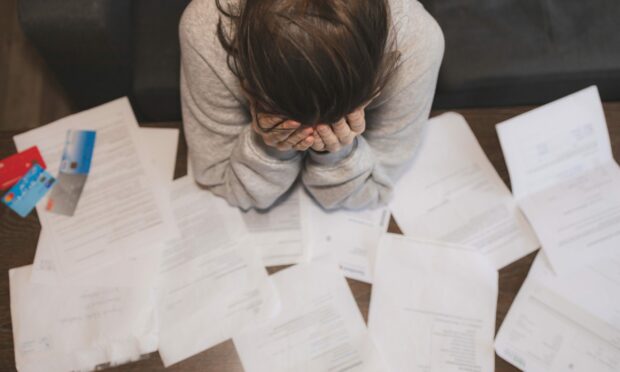
Over the years, the debate between independence supporters and pro-Union campaigners has often focussed on Scotland’s share of UK debt.
Ms Sturgeon spoke of a “moral responsibility” to pay a share.
The new paper says the Scottish Government would pay a “reasonable share of the servicing of the net balance of UK debt and assets to demonstrate our creditworthiness”.
It would do so, in a “spirit of co-operation and responsibility”, via an annual
“solidarity payment” following negotiation.
Such a move could reduce any “new country premium” on Scotland’s debt, cutting the potential cost of borrowing.
The report said: “It would also contribute to a positive and respectful relationship with the Westminster government to support a period of orderly transition, and provide a basis for positive negotiations around the apportionment of UK assets.”
6. What would happen to North Sea oil and gas revenues?
At the recent SNP conference in Aberdeen, Ms Sturgeon announced plans to use “remaining” North Sea oil revenue to set up a £20 billion investment fund.
The cash would be invested in infrastructure over the first decade of independence.
The new report says: “The Scottish Government believes that in normal times revenues generated from oil and gas taxation, together with other windfall income, should be separated from day-to-day resource spending, and used to invest for the long-term benefit of the Scottish people.”
The aims of the “Building a New Scotland Fund” would be to enable the transition to net zero emissions and environmental sustainability, while driving inclusive economic growth, and “building resilient and sustainable places”.
This could include “significant investment in affordable housing, including in rural areas”, as well as “increasing support for communities to own assets”.
The fund would reinvest oil and gas revenues, which have averaged £1.5 billion a year over the last five years, alongside other windfall income.
Given the “volatility and uncertainty” surrounding North Sea revenue, the paper suggests there could sometimes be a need to borrow to meet investment needs.
Ross Greer MSP, Scottish Greens finance spokesman, said: “By investing in new renewable technologies as we phase out oil and gas, and refocusing on an economy which works for everyone rather than just those at the very top, we can transform Scotland for the better.”
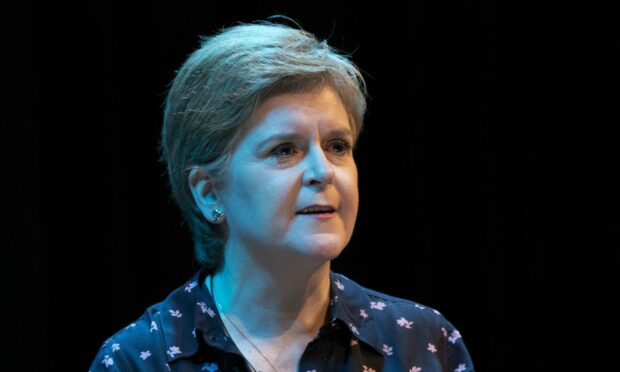
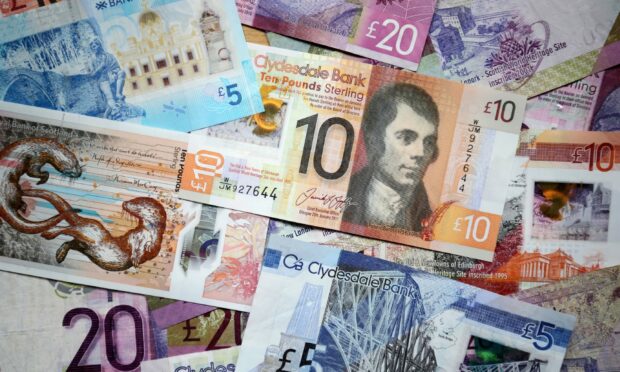
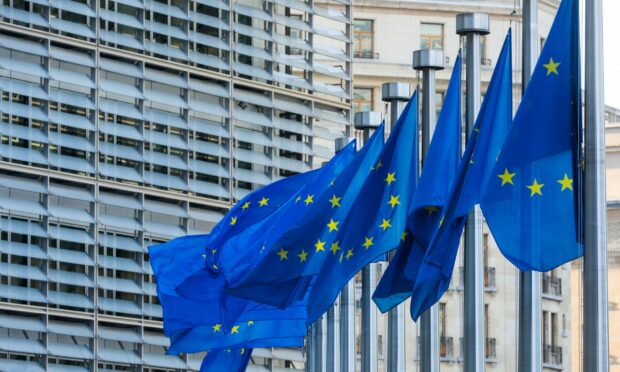
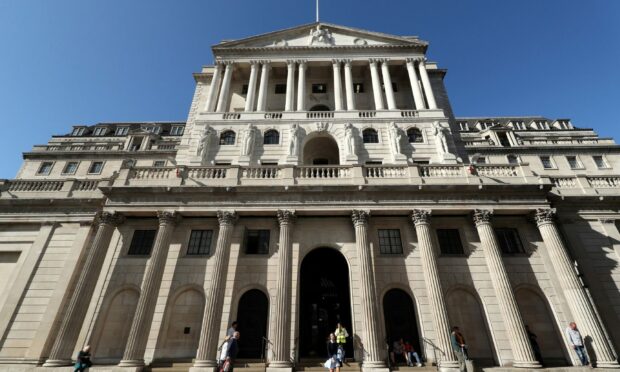
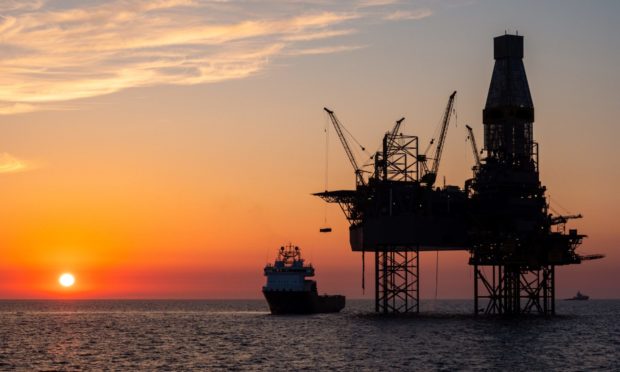
Conversation